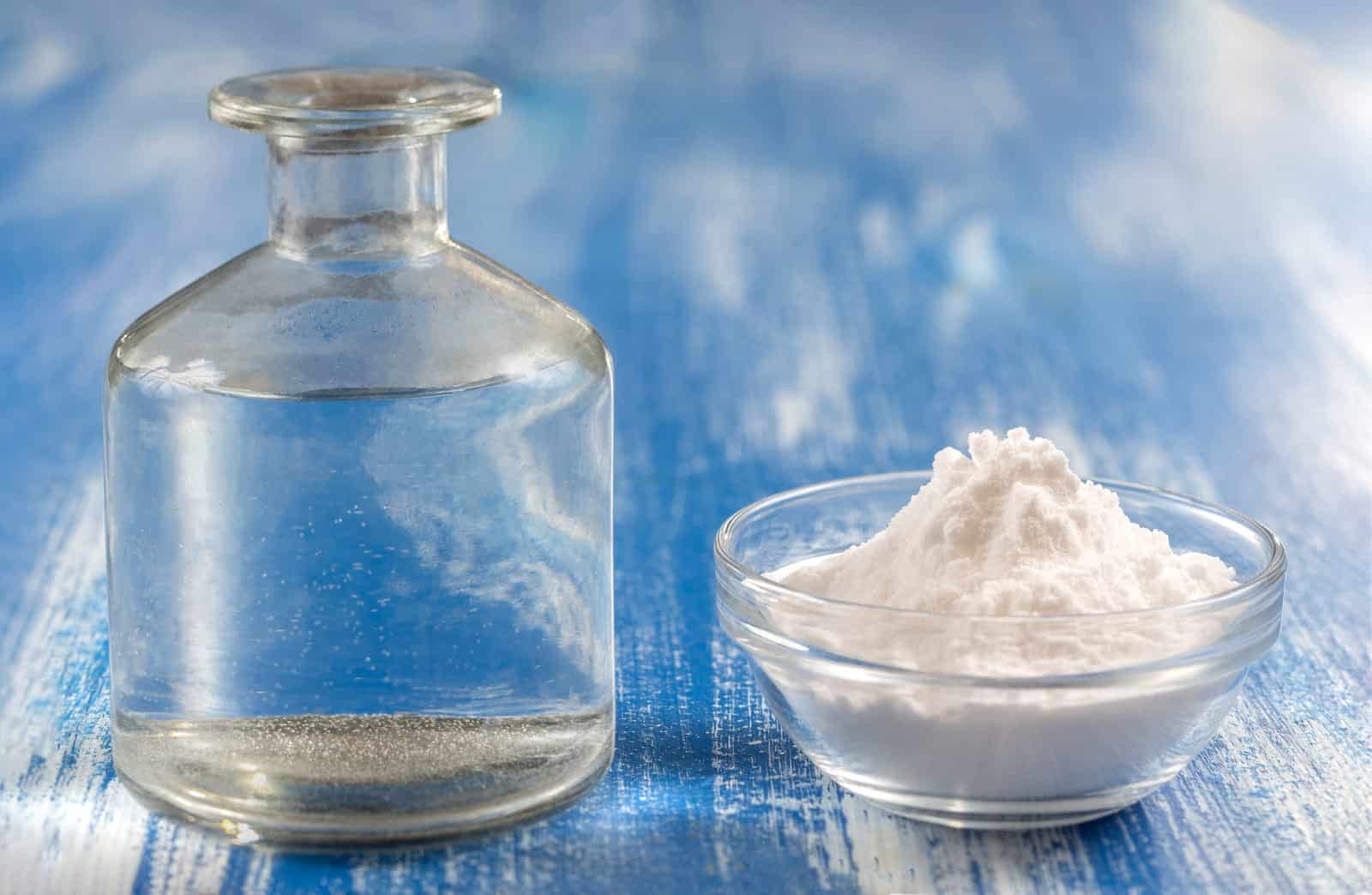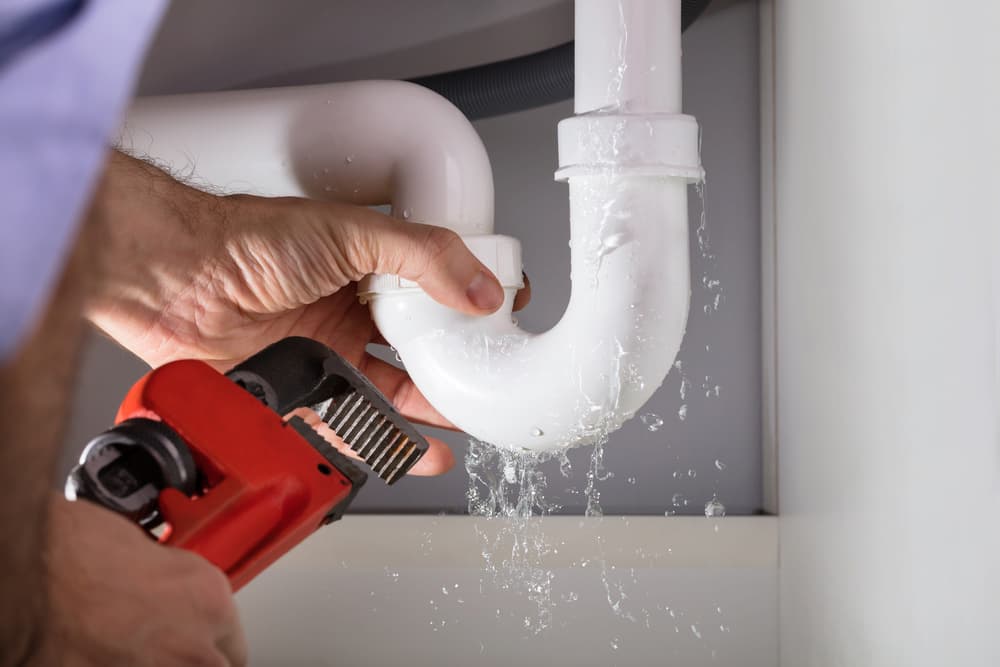Blocked drains are pretty common in Williamstown, especially in older homes where pipes have seen better days. Over time, things like grease, hair, food scraps, and even tree roots can cause serious blockages. If you’ve ever experienced water pooling around your feet in the shower or a sink that refuses to drain, you know exactly how frustrating it can be.
Ever dealt with a drain that just won’t cooperate? It’s one of those annoyances that can quickly turn into a huge problem if left unchecked. But not every blocked drain needs an immediate call to an expert plumber. Sometimes, a DIY trick might do the trick and get things working.
Your First Line of Defence
One of the easiest and most effective ways to clear a minor blockage is with boiling water. This method is perfect for clogs caused by grease, soap scum, or other everyday gunk that builds up over time. The heat from the boiling water helps dissolve and break down these substances, allowing them to flush away smoothly.
If you live in Williamstown, particularly in one of the older homes, your pipes might be more prone to blockages from regular wear and tear. This quick fix could be what you need to get water flowing.
All you need to do is boil a kettle and pour the water carefully into the drain in stages and don’t dump it all at once, as that could lead to splashing or cause damage. It’s not a cure-all, but for smaller blockages, it’s a simple and effective solution you can try before calling in an expert.
Baking Soda and Vinegar
For mild blockages, baking soda and vinegar are a powerhouse duo. This simple, eco-friendly method works wonders on everyday clogs caused by soap scum, grease, or other debris. The magic happens when the baking soda and vinegar react, fizzing away to break down the blockage inside your pipes. It’s a chemical-free solution that’s gentle on your drains and effective.
For Williamstown homes where pipes might be more delicate, this method is a great alternative to harsh store-bought cleaners. Start by pouring half a cup of baking soda into the blocked drain, followed by a cup of vinegar. Let it bubble away for 10 to 15 minutes to break down the gunk. Afterward, flush it all out with hot water. It’s like a mini science experiment right in your kitchen, but without the mess.
This DIY trick is also a great preventative measure. Even if your drains aren’t completely blocked, using this combination regularly can help keep everything flowing smoothly.

Mastering the Plunger
You might need a more hands-on approach for certain blocks. Enter the plunger. It’s a classic tool that’s been around for ages, and for good reason. The idea behind the plunger is simple, create enough suction to dislodge the blockage and get the water flowing again. Whether it’s your kitchen sink or bathroom drain, a plunger is one of the easiest ways to tackle tough clogs.
Every Williamstown home should have a reliable plunger on hand. Do you have one ready? If not, it’s time to get prepared. Just make sure you’re using the right kind for your needs – sink plungers and toilet plungers are shaped differently for a reason. So, how does it work? All you have to do is cover the drain with the plunger, give it a few good pumps, and you should start to see some movement. It’s a no-fuss, straightforward solution that doesn’t require fancy tools. Just old-fashioned elbow grease.
The Wire Hanger for Tough Clogs
For those hard-to-reach blockages, a simple wire coat hanger can work wonders. Straighten out the hanger, keeping a small hook on the end, and gently push it into the drain to catch and pull-out clogs like hair or built-up debris. It’s not the most glamorous job, but it gets the job done when a plunger just won’t reach.
This method is helpful for bathroom drains where hair often becomes the main culprit. It’s a bit like fishing, but instead of reeling in a fish, you’re pulling out a wad of tangled hair and soap gunk. It’s not a pleasant task, but when you’re dealing with blocked drains in Williamstown, you need to get a little hands-on.
Just be sure to be gentle with the pipes. Older homes can have more delicate plumbing, so while the coat hanger is effective, you don’t want to cause accidental damage by pushing too hard.
Wet and Dry Vacuum
If you have a wet and dry vacuum in your toolkit, it can be a surprisingly effective way to tackle stubborn drain blockages. This method is especially useful for clogs that are closer to the surface and can be dislodged with strong suction.
Start by creating a tight seal around the drain with the vacuum hose. Switch the vacuum to its wet setting and turn it on. The powerful suction can often pull out debris that’s causing the blockage. This technique can be a game-changer as it’s a practical and straightforward solution.
Just be sure to use the vacuum carefully to avoid damaging your pipes.
Dish Detergent and Hot Water
Grease and soap scum are common culprits behind blocked drains, especially in areas like Williamstown where older homes may have accumulated more build-up over time. For these clogs, using dish detergent combined with hot water can be effective.
Pour a generous amount of dish detergent into the drain, followed by a good amount of hot water. The detergent works to break down the grease, while the hot water helps to flush it away. Allow the mixture to sit for a few minutes before running hot water through the drain to clear out loosened debris. This method not only helps to clear the blockage but also keeps your pipes cleaner in the long run.
Implementing this trick can provide a quick fix for minor grease blockages and prevent them from becoming more severe.
Pipe Cleaning Tool
For persistent blockages, a pipe cleaning tool or drain snake can be an invaluable addition to your home maintenance arsenal. Available at most hardware stores in Williamstown, these tools are designed to effectively navigate through your pipes and remove clogs.
To use a drain snake, insert it into the drain and rotate it to break up or hook onto the clog. This method is useful for more serious blockages that may not respond to simpler DIY methods. A drain snake is designed to tackle tougher clogs, making it a worthwhile investment for homeowners dealing with recurring drainage issues.
Unblocking the Drain Trap
One effective way to tackle stubborn blockages is by removing the U-bend, or drain trap, located under your sink. This method can be particularly useful if you’ve tried other DIY fixes without success. To begin, place a bucket or bowl under the drain to catch any water that might spill out. Then, use a wrench or pliers to carefully loosen the nuts holding the U-bend in place.
Once you’ve removed the U-bend, you can check for any blockages or build-up inside. This area often collects debris, hair, and gunk that can cause drainage issues. Clean out any material you find, rinse the trap with hot water, and then reassemble it. It might seem a bit daunting at first, but with a bit of patience, it’s a manageable task. It’s an uncomplicated process that can effectively resolve clogs.
Clean the Overflow
Cleaning the overflow opening in sinks is another essential step for improving drainage. The overflow is a small, often overlooked feature designed to prevent your sink from overflowing. Over time, it can accumulate debris and grime, which can impact the overall drainage efficiency.
To clean it, use a small brush or pipe cleaner to remove build-up from the overflow slot. You may need to access it from above or below the sink, depending on the design. Regular cleaning of the overflow can help prevent blockages and ensure that water drains smoothly. Remember, even your sink has hidden spots that need attention. Keeping these areas clean helps maintain good drainage and prevents more significant issues down the line.
Know When to Call a Professional
While DIY fixes can resolve some minor drain issues, there are times when it’s best to call in a professional plumber. If you encounter persistent blockages, it might be time to seek expert help. An expert plumber has the tools and experience needed to address complex issues that go beyond the capabilities of DIY methods. They can diagnose and resolve problems that may not be immediately apparent, ensuring a thorough and effective repair.
In Williamstown, knowing when to call a professional can save you time and prevent further damage to your plumbing system. It’s always better to address serious issues sooner rather than later, ensuring your home’s plumbing stays in top condition.
The Takeaways
Blocked drains can be frustrating and inconvenient, but with the right approach, you can tackle some issues on your own. In Williamstown, where older homes and varying plumbing conditions can make these problems more frequent, having a few handy DIY tricks up your sleeve can make a difference. From using boiling water and baking soda to employing a plunger or even removing the drain trap, there are many ways to address minor blockages.
It’s crucial, however, to recognise when a blockage is beyond DIY methods. If you’ve tried homegrown solutions and the problem persists, it’s vital to reach out to a reliable plumber in Williamstown. They can provide a thorough inspection and an effective solution to get your plumbing back on track.
